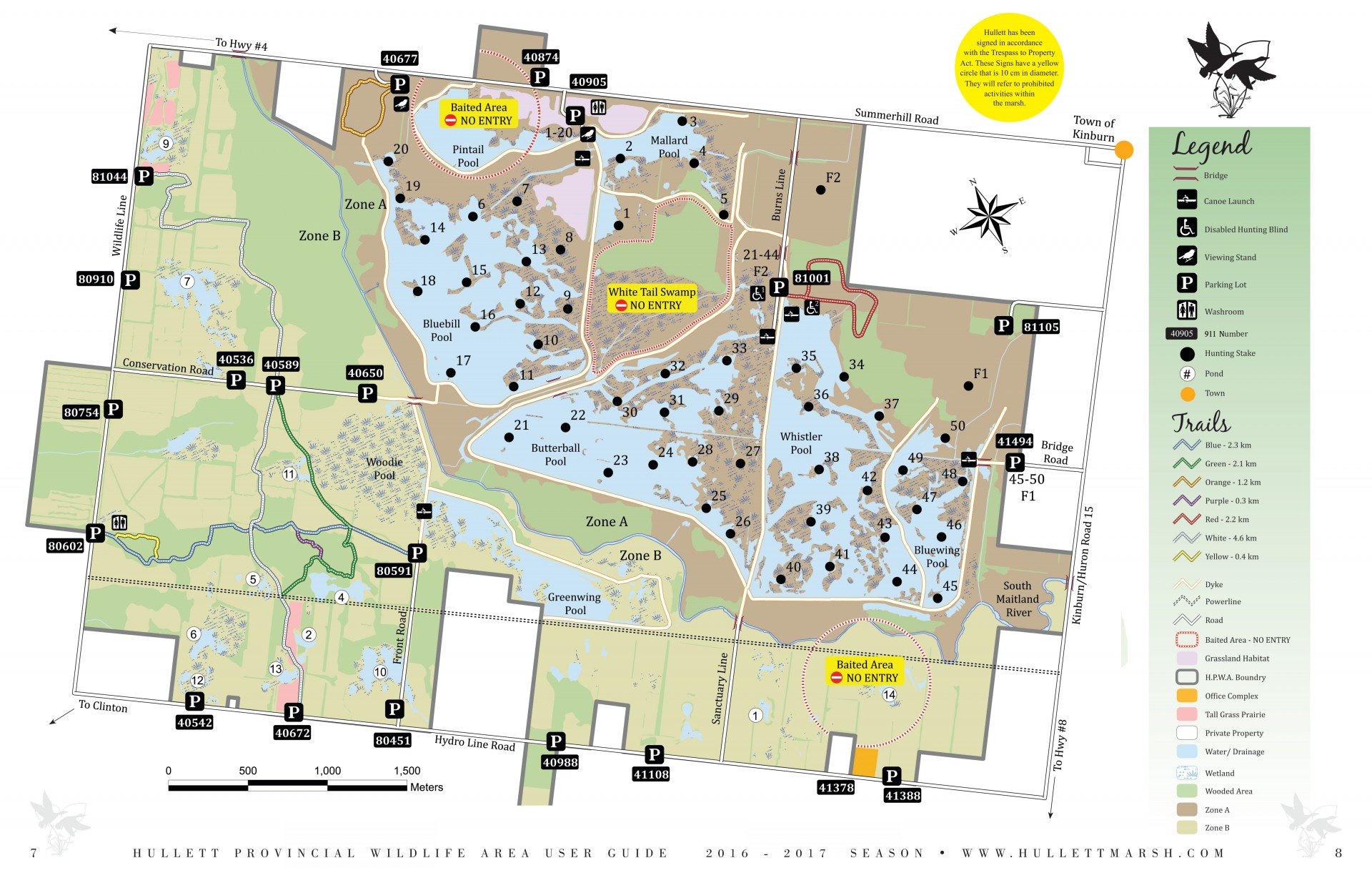I figured after several months of being too busy to post anything about my Tanzania trip in August, 2023 - what better way to tell my stories and share my experience than a couple blog posts!
It all started when I was looking into course selection at the University of Guelph trying to nail down some of the more interesting courses. I went down a deep rabbit hole that had me looking at waivers for "field courses". I had heard of these only in passing but understood it as a way to fulfill scholarly requirements and travel at the same time. Having NEVER left Canada in my life (and frankly being terrified at the thought), I sent in my application. Not long after that, the Ontario Universities Program in Field Biology (OUPFB) posted the courses available for 2023 and I had to make my decision. Not many courses could fit into my nearly full time work schedule, but I had the entire month of August. I was immediately drawn to "Wildlife and Ecology of East African Ecosystems" and despite the anxious whispers of my family members, I submitted another application to register for that course.
Acceptance to these courses is usually fairly competitive and I was on a waiting list for some time before finally hearing that I was on the trip! I could hardly believe it. The prospect of going to Africa never really sank in until the morning I was going to board my plane. I felt nauseous at the thought of flying halfway across the world with a group of strangers to a country I had absolutely no familiarity with.
After my sister convinced me to get in the van, my parents drove me to the airport at 6am where we said our goodbyes. Now I was on my own to navigate the airport and locate my group (which was more eventful and challenging than I'd like to admit but those stories are for another time)...
 |
| Inside of the Toronto Pearson International Airport |
My luggage was checked in, I obtained my boarding passes, and I found my group. After waiting for over an hour, we boarded our 14 hour flight. The take-off was impressive and I don't think I'll ever get over how insane flying is as a general concept. I may or may not have shed a few tears as we breached the clouds.
 |
| View over the Atlantic Ocean |
I slept during a lot of the flight and woke up to eat when meals were being served. After many many many hours we were nearing our stopover in Addis Ababa, Ethiopia. So began our descent.
Now I had worried that flying might give me motion sickness but hadn't had any issues on the take-off. I took some gravol ginger as we neared Ethiopia but I was too late. As soon as the descent began, the nausea hit me like a train. My 'worst-case scenario' was becoming reality. I hardly survived the 30 minute descent telling myself I'd just make a run for the airplane bathroom upon landing. But the second our plane landed, the bathrooms locked and I was panicking. (I wish I had known air sickness bags were available at every seat but I did not). Eventually I just told the flight attendant that I will being throwing up soon so she unlocked the bathroom and I RAN there.
My nausea was improved and water also helped but I spent a large part of the layover in the Ethiopian Airport washroom sitting on the ground next to the toilet dreading the connecting flight to Tanzania.
Eventually I managed to drag myself out to the large windows overlooking the airport landing strip because I wanted to see birds - obviously. Almost immediately I saw Pied Crows strutting across the pavement and many small swift-like birds that will remain unidentified. I had one target bird for the airport though. An Ethiopian specialty; a White-collared Pigeon. After several minutes, a flock of pigeons flew over and I noticed unique white patches on their wings - a distinctive feature of White-collared Pigeons! I was overjoyed, but had to quickly return to the washroom to throw up some more.
 |
| Addis Ababa Bole International Airport, Ethiopia |
Birding in the Ethiopian Airport is especially difficult due to their policies on binoculars. Any optical enhancers are strictly forbidden due to ongoing conflict in the area and I have heard many stories of birders getting berated or having their binoculars confiscated.
Anyway, I boarded my flight to Tanzania and spent the entire flight sleeping and throwing up. Motion sickness really is a bad time but I was kinda over it at this point. We arrived at the Kilimanjaro International Airport and I stumbled to the check in. When we reached the building, over 50 Little Swifts wheeled over our heads chittering away. I cried again.
We got checked in, retrieved our baggage, and met our tour guides for the remainder of the trip. I was mesmerized by a Superb Starling after we left the airport but was told to "stop getting distracted by birds" - to which I responded "that's what I'm here for!"
I found myself laying on the ground still fighting nausea but the position offered a good view of the Pied Crows so I was content. We eventually loaded into the vehicles and headed for Moshi where we would spend the next 3 nights.




































